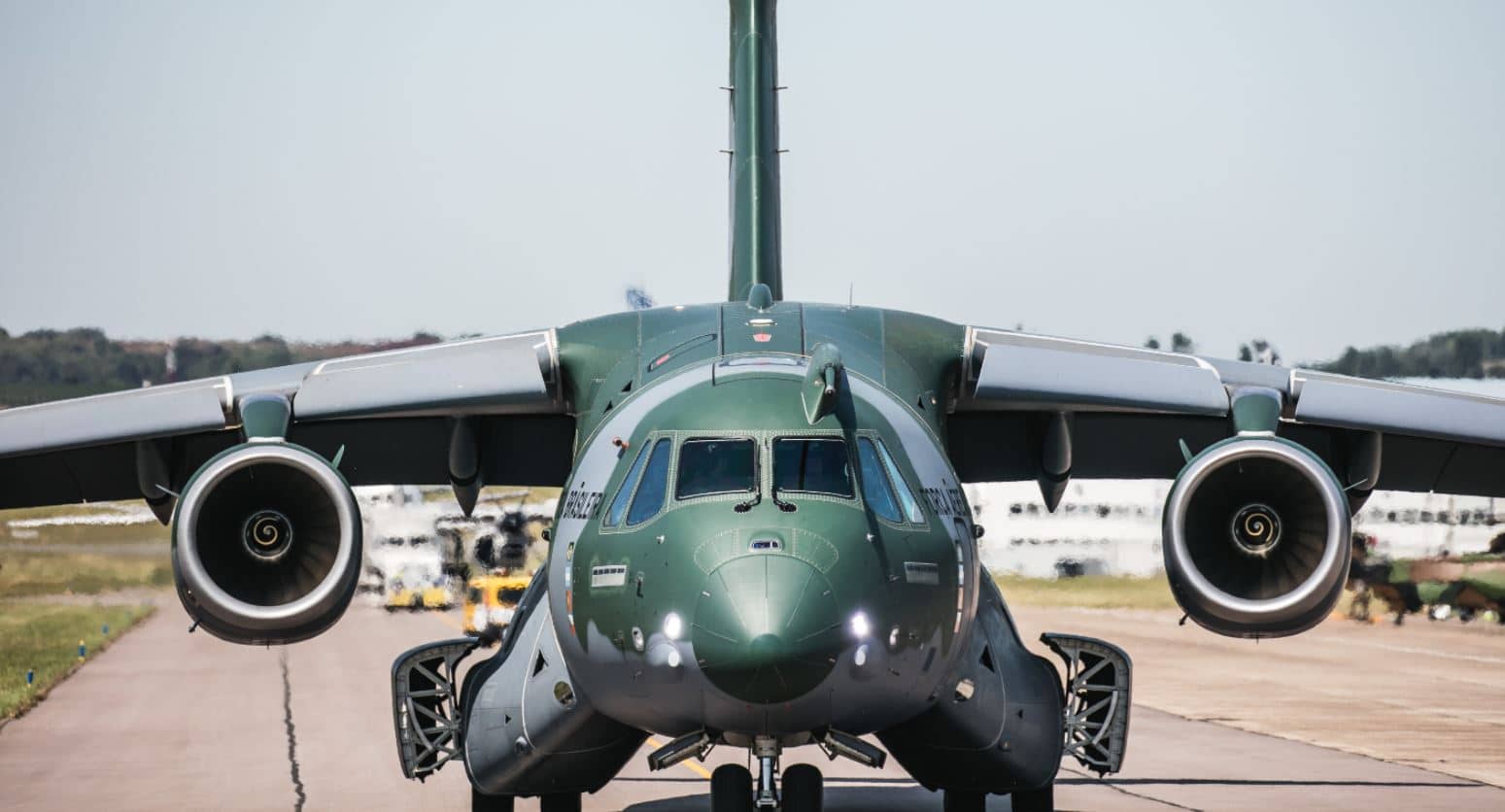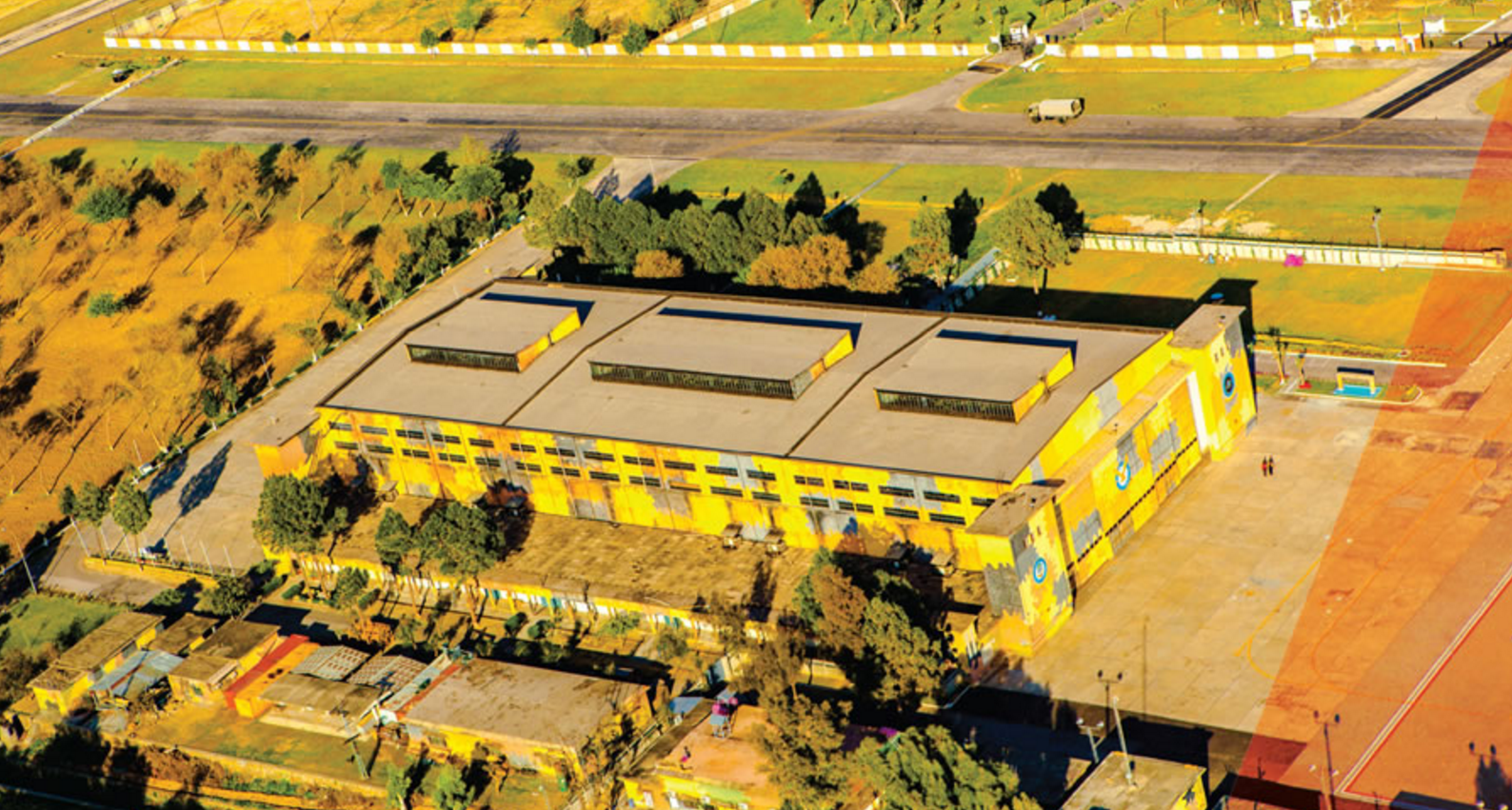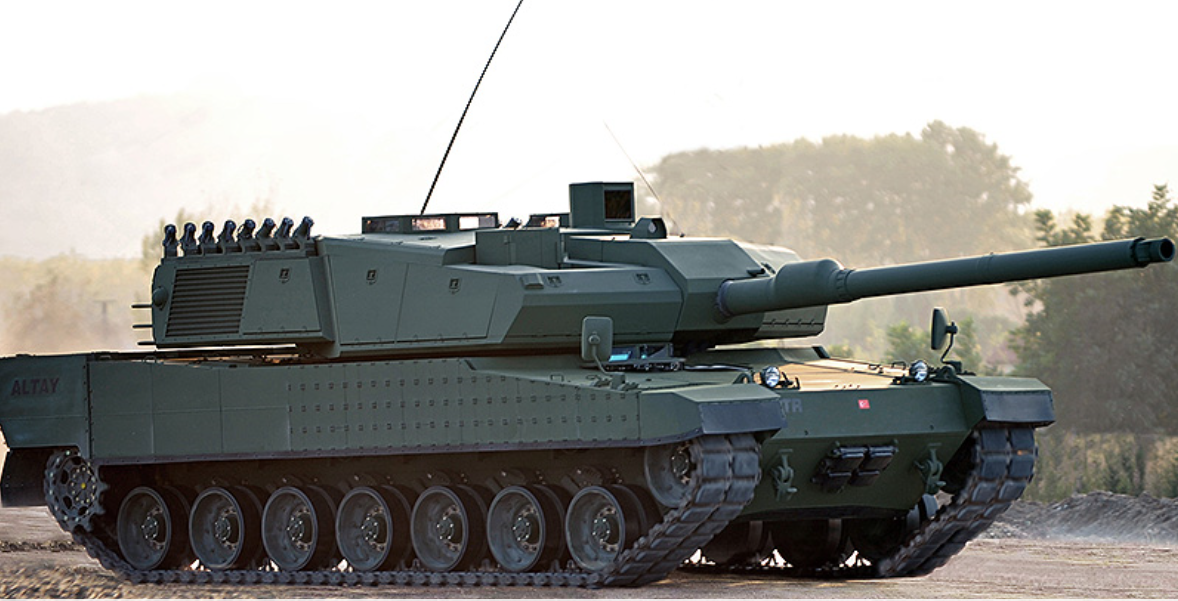2566Views 0Comments

Boeing-Embraer Joint-Venture Falls Through
Plans for Boeing to takeover 80% of Embraer’s commercial aircraft business fell-through. On 25 April 2020, Boeing let its deadline to conclude the transaction expire, therefore scuttling plans laid out in 2018 by the US aerospace giant and Brazilian aircraft maker to jointly compete in the global aircraft market.
In a press release, Boeing said it “terminated its Master Transaction Agreement (MTA) with Embraer” due to “unsatisfied MTA conditions.” However, neither Boeing or Embraer disclosed any specific information about the breakdown in talks and, ultimately, the agreement.
Embraer maintains that “Boeing has wrongfully terminated” the MTA.
Boeing and Embraer had signed a memorandum-of-understanding (MoU) to jointly set-up a commercial aircraft entity based on Embraer’s commercial aircraft business. Boeing was to own 80% of the venture, and in-exchange, Embraer was to receive $4.2 billion US.
Boeing said that it will still maintain its existing agreement from 2012 and 2016 to market and support the Embraer C-390 Millennium multi-role tanker and transport (MRTT) aircraft. However, analysts believe that the chances of Boeing carving new markets for the C-390 are unlikely moving forward.
Embraer was hoping to use the proceeds from the deal to completely pay-off its previous debt as well as issue a $1.6 billion US dividend to its shareholders. However, with that route gone, Embraer is seeking $1 billion to $1.5 billion US from the Brazilian development Bank (BNDES).
Notes & Comments:
The coronavirus pandemic severely capped the near-term prospects of the commercial airline market, so Embraer is expecting a dearth of sales in 2020 and 2021. However, for the long-term, there is speculation that Embraer could potentially collaborate with its Chinese counterparts.
The main driver of such collaboration would be to supply aircraft for the Chinese market. However, China’s aerospace industry could help with driving efficiencies and lower costs for Embraer, enabling the latter to access emerging markets in Asia and Africa as well.
The fate of the C-390 is less clear. The aircraft will leverage launch orders from Brazilian Air Force and the Portuguese Air Force, but competing against the credibility and apparent end-user preference for the C-130 will be a tall task. Partnering with Boeing might have led to a concerted push to market the C-390 to the US and, in turn, a large set of orders to drive economies-of-scale and credibility in the new platform.
However, with the Boeing deal defunct, Embraer may have to work on promoting the C-390 globally alone once again. Moreover, worldwide government responses to COVID-19 is causing defence spending to slow and reduce the C-390’s market prospects. Brazil may also pause or slow its defence programs, which will have a direct impact on the C-390 in the near-term.


